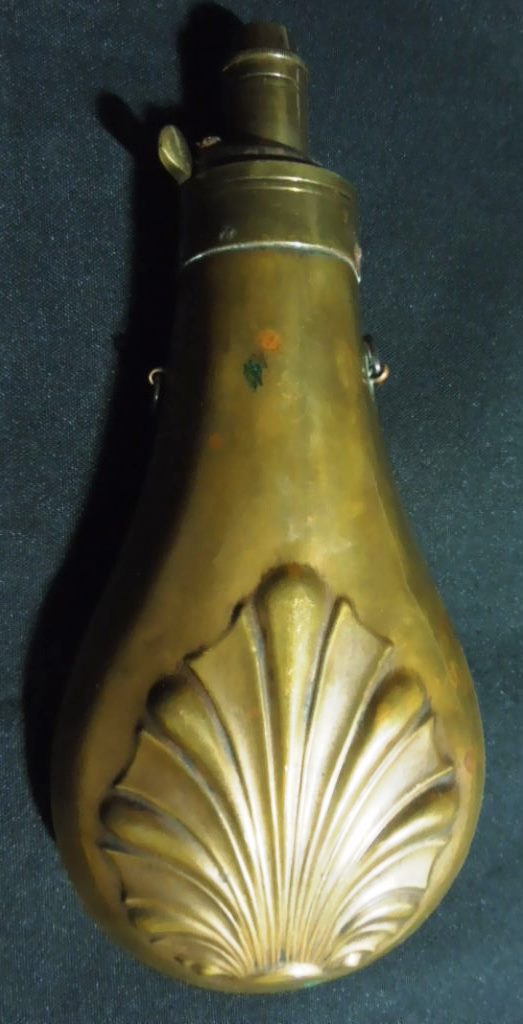Re: Masonic Material Culture
Greg, et al:
Bro. Craddock is right. Those are still rosettes from Templar 'sashes'. Specifically, they are from the baldric of the old "Black Uniform".
From 1839 to 1859, the Grand Encampment declared that the uniform of a Knight Templar should consist of a black frock coat, black pantaloons, black chapeau (with black plumes), black velvet apron, and sword with scabbard suspended from a black velvet or black leather baldric. At the Triennial Conclave in '59, Grand Encampment changed the uniform from all black to all white and abolished the apron. At the next conclave, a new edict was issued changing the uniform back to black, only without the apron, adding a sword belt, and changing the baldric and plumes from black to white. This same edict allowed any subordinate commandery chartered prior to 1859 the use of the “Black Uniform”.
In the 1960’s, Grand Encampment made several more changes, switching from the frock coat to a modern, double-breasted coat, and doing away with the baldric altogether. As before, they included a ‘grandfather’ clause which allowed any Sir Knight to wear the uniform they were knighted in. This would permanently phase out all previous uniform styles over time, with very few exceptions. For example, Raper Commandery No. 1, in Indianapolis still has permission to wear the approved uniform of 1862 at all times, and any commandery in Indiana can wear it during the conferral of the Order of the Temple. California Commandery No. 1, in San Fransisco, has a completely different “mounted” uniform that it wears from time to time.
Unfortunately, at this time there is only one commandery in the country that I am aware of, that can wear the old “Black Uniform”, complete with apron. That should be Washington Commandery No. 1, in Washington, D.C. I know that they recently authorized members of their commandery to sell pieces of their regalia as a fund raiser, so several baldrics, aprons and uniform parts (such as baldric rosettes) have made their way into the market.
M. E. Lowe, DBC, Battalion VII
Grand Commandery, Knights Templar of Indiana
Greg, et al:
Bro. Craddock is right. Those are still rosettes from Templar 'sashes'. Specifically, they are from the baldric of the old "Black Uniform".
From 1839 to 1859, the Grand Encampment declared that the uniform of a Knight Templar should consist of a black frock coat, black pantaloons, black chapeau (with black plumes), black velvet apron, and sword with scabbard suspended from a black velvet or black leather baldric. At the Triennial Conclave in '59, Grand Encampment changed the uniform from all black to all white and abolished the apron. At the next conclave, a new edict was issued changing the uniform back to black, only without the apron, adding a sword belt, and changing the baldric and plumes from black to white. This same edict allowed any subordinate commandery chartered prior to 1859 the use of the “Black Uniform”.
In the 1960’s, Grand Encampment made several more changes, switching from the frock coat to a modern, double-breasted coat, and doing away with the baldric altogether. As before, they included a ‘grandfather’ clause which allowed any Sir Knight to wear the uniform they were knighted in. This would permanently phase out all previous uniform styles over time, with very few exceptions. For example, Raper Commandery No. 1, in Indianapolis still has permission to wear the approved uniform of 1862 at all times, and any commandery in Indiana can wear it during the conferral of the Order of the Temple. California Commandery No. 1, in San Fransisco, has a completely different “mounted” uniform that it wears from time to time.
Unfortunately, at this time there is only one commandery in the country that I am aware of, that can wear the old “Black Uniform”, complete with apron. That should be Washington Commandery No. 1, in Washington, D.C. I know that they recently authorized members of their commandery to sell pieces of their regalia as a fund raiser, so several baldrics, aprons and uniform parts (such as baldric rosettes) have made their way into the market.
M. E. Lowe, DBC, Battalion VII
Grand Commandery, Knights Templar of Indiana






Comment